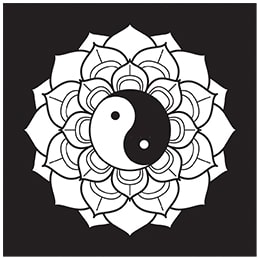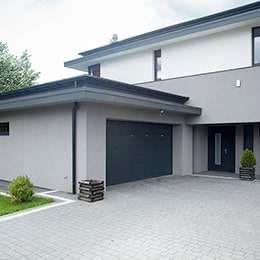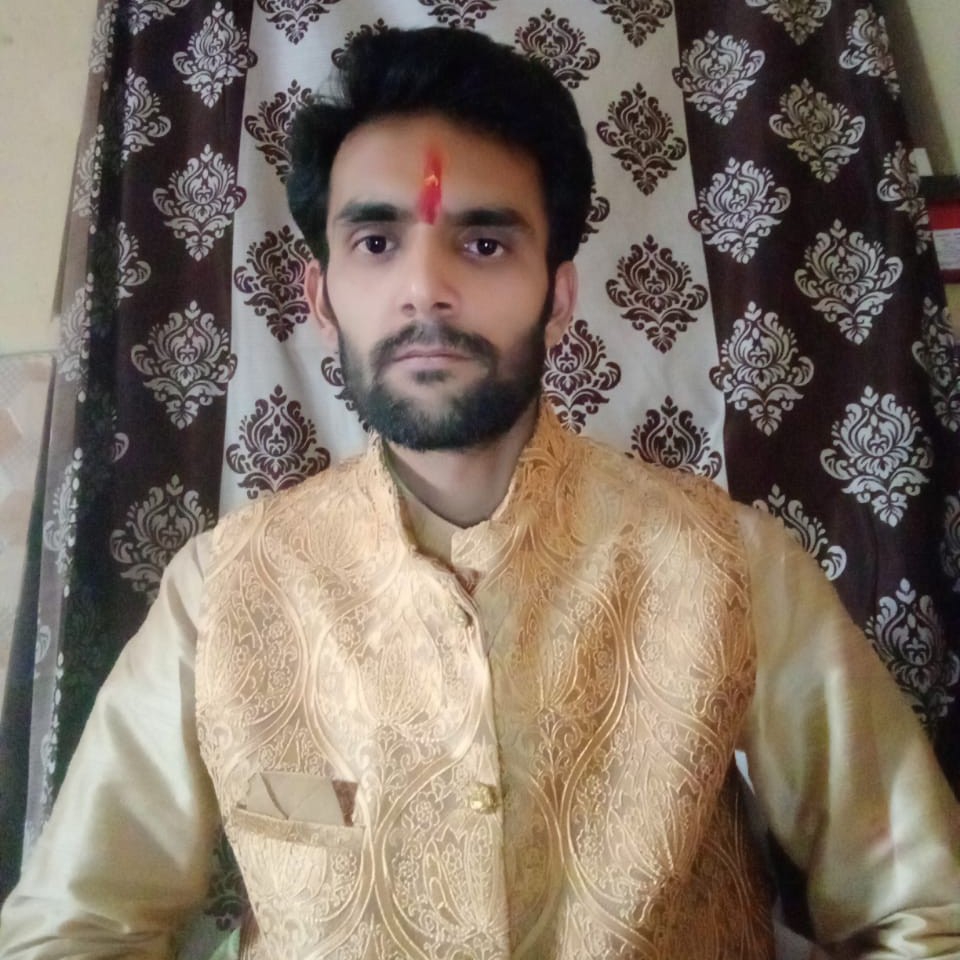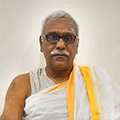Pooja Room
Nothing can be achieved without the blessings of god Puja room is god's abode in our house. So utmost care should be taken while planning the Pooja room. Pooja room should always be made in the Ishan Kona. If there is no place in Ishan kona then puja room can be made in the North. East or West direction. This is place is suitable for normal daily puja, but special pooja like havan, katha or some other ceremonies can be performed In the courtyard or at the centre of the house.

Pooja Room
Pooja room should not be made inside the bedroom. Bedroom is controlled by materialistic Venus while Pooja is governed by Satwik and spiritual Jupiter. Jupiter considers Venus to be his enemy and so is not comfortable in his domain. When pooja is in the bedroom Venus afflicts Jupiter and harms the benefic effects of Jupiter. Consequences of this will be that spirituality of the person will be reduced and he will not get full result of his pooja. Jupiter also represents children and money. When pooja is in the bedroom then there could be lack o happiness from children, also there could be lack of money. Similar results can be expected if pooja is in the drawing room.
Pooja should also not be performed in the kitchen though it is a common practice. Kitchen is the domain of Mars, a natural malefic. The articles present in the kitchen like food materials, spices, knives, utensils, gas etc. are also represented by Mars. If pooja is made in the kitchen then the spiritual effects of Jupiter get reduced and the person becomes aggressive. With the result, proper spiritual development of the person does not take place.
Pooja room should never be made in front of a toilet. Firstly toilet is an impure place, no matter how well kept it may be. We need to make pooja room only in a pure place. Secondly toilet is controlled by Rahu who is an Asura. Rahu is filthy, brash and untraditional. He is materialistic and believes in falsehood. He creates 'Matibhram' i.e. illusion of the mind. He adversely affects the traditional spiritual Jupiter, so full results of the person's Puja can never be got if puja room is made in front of a toilet. Pooja room should also not be made under the stairs.
If there is shortage of space and separate puja room cannot be made in a proper place, then puja should be made in the study room.
Some Guidelines for Pooja
- Only a clean idol, picture or yantra should be placed in Pooja.
- A statue acquired from some ancient temple should not be placed in pooja room
- The statue should not be more than nine inches tall.
- Havan kunda should be made in the Agneya kona of the pooja room. While performing havan the person should face East direction.
- If pooja room is pyramid shaped then it is excellent, because it helps in maintaining the continuity and harmony of the pooja room and this results in unbroken harmony in pooja. The reason for this is the generation of energies of nature inside the pyramid. This environment is ideal for Dhyan and Chintan which is necessary for pooja and for the peace of mind.
- Separate puja room should be made in the house, because proper worship of god can only be done in pure and secluded spots in a satwik environment.
- Idols or pictures of Brahma, Vishnu, Shiva, Kartikeya, Sun and Indra should be placed in such a way that while performing their puja the worshipper faces East or West. In other words the correct placement of gods is in the East or in the West. The gods should not be placed along the Northern wall, or they will become West facing. Additionally North pole is in that direction, so it is not proper to place the gods in that direction.
- Ganesh ji should be placed in the South so that he faces North, which is where the Himalaya mountain is situated. Himalayas are the abode of his parents Shivaji and Parvati ji. Ganesh Ji enjoys looking at his parents, so he should be placed in the South, facing North.
- Ganesh ji should never be placed in the West. Ganesh ji represents Mars and West is controlled by Saturn. If Ganesh ji is placed in the West then Mars and Saturn will get together and create havoc and calamities in the house.
- The worshipper should enter the pooja room only after the morning rituals of purification followed by bathing and wearing clean clothes. He should not enter the pooja room or worship god with the clothes worn at night or while going to the toilet.
- Pooja room should always be kept clean and tidy. There should be a separate broom and swabbing cloth for the pooja room, but the broom and swab cloth and the waste materials should not be kept in or near the pooja room. Broom should also not be kept in the Ishan kona.
- Broken statues and cosmetics should not be kept in the pooja room. Proper Visarjan of broken statues should be done.
- Idols should always be made of stone, metal or clay in solid form.
- Idols made from paper, glass or aluminium should not be kept in the pooja because their Prana pratishtha cannot be done. Some benefit can be got by getting their darshan, but lshta bola does not get enhanced.
- Idol or picture of one's Ishta devata should not be kept inside a drawer.
- Apart from pictures and idols of gods, nothing else should be kept in the pooja room. No heavy articles should be placed in this room.
- The gods should be placed on a solid platform made on the floor.
- According to the shastras two Shiva lingas, two Shaligrams, three Ganesh ji, three Durgaji and two Conch shells should not be kept in the pooja at the same time.
- Pictures of ancestors or departed souls should not be kept in pooja. They may be very dear and respectable, but they cannot be compared to gods and placed along with them. They should be placed in their appropriate place and worshipped if so desired.
- Entry into the pooja room should be from the East and exit from the North.
- The doors of pooja room must have two planks and a dahleej must be there on the door.
- The walls should be light blue or white in colour.
- The windows should be in the North direction.
- The best stone for the flooring is white marble.
- The utensils used for puja can be of gold, silver, copper, brass or earthen ware.
- The dried garlands and flowers, ash left over by the dhoop and agarbattis, old clothes of the gods and left over prasad should be dropped in flowing water (Visarjan).

Pictures of the Ancestors
The Proper place for the pictures of the Ancestors
Pictures of the departed souls should always be placed in the West direction, but these pictures should not be kept along with gods and goddesses. Ancestors are dear and honourable to us, but they cannot take god's place. Proper rituals must be performed for them on their death anniversary and during shraddha.






































